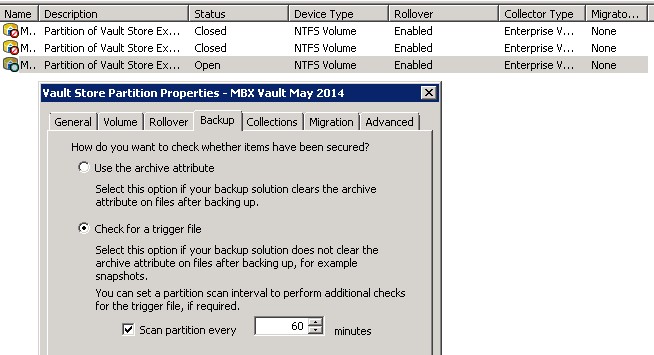

"The morphology of this new cloud highly correlates with the LHAASO J2108+5157 gamma-ray emission up to 2 GeV from Fermi-LAT and emission detected by LHAASO. However, the researchers noted that a new molecular cloud has been recently identified in the vicinity of LHAASO J2108+5157, what sheds more light on the origin of the observed gamma-ray emission. The obtained upper limits exclude the hadronic model and suggest a leptonic origin of emission from few TeV to hundreds of TeV energy. The astronomers also performed spectral analysis on the circular region with the radius of 0.09 degrees around the position of LHAASO J2108+5157, measuring differential flux upper limits at 1.0, 3.98, and 15.38 TeV energy-consistent with previous studies. The observations found no significant emission close to the position of LHAASO J2108+5158. Therefore, Kumar's team observed LHAASO J2108+5157 with the Very Energetic Radiation Imaging Telescope Array System (VERITAS) and the High-Altitude Water Cherenkov Observatory (HAWC) in order to shed more light on the emitted UHE gamma-rays. Given that no powerful pulsars or supernova remnants have been detected so far in the vicinity of LHAASO J2108+5157, it is difficult to determine the origin of its gamma-ray emission as it can be explained either by hadronic and leptonic models.

Previous observation of LHAASO J2108+5157 detected no X-ray counterparts and it turned out that the closest X-ray source is the eclipsing binary RX J2107.3+5202 with the separation of about 0.3 degrees. It is a point-like source with an extension less than 0.39 degrees, known to be associated with the molecular cloud 4607-located some 10,700 light years away. The nature of these sources is still not well understood therefore, astronomers are constantly searching for new objects of this type to characterize them, which could shed more light on their properties in general.Ī team of astronomers led by University of Maryland's Sajan Kumar decided to take a closer look at one such UHE gamma-ray source designated LHAASO J2108+5157. Sources emitting gamma radiation with photon energies between 100 GeV and 100 TeV are called very-high energy (VHE) gamma-ray sources, while those with photon energies above 0.1 PeV are known as ultra-high energy (UHE) gamma-ray sources.


 0 kommentar(er)
0 kommentar(er)
